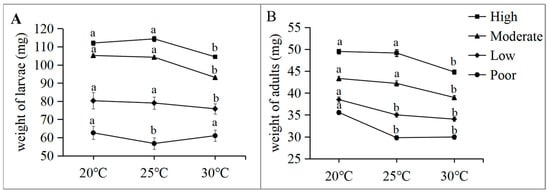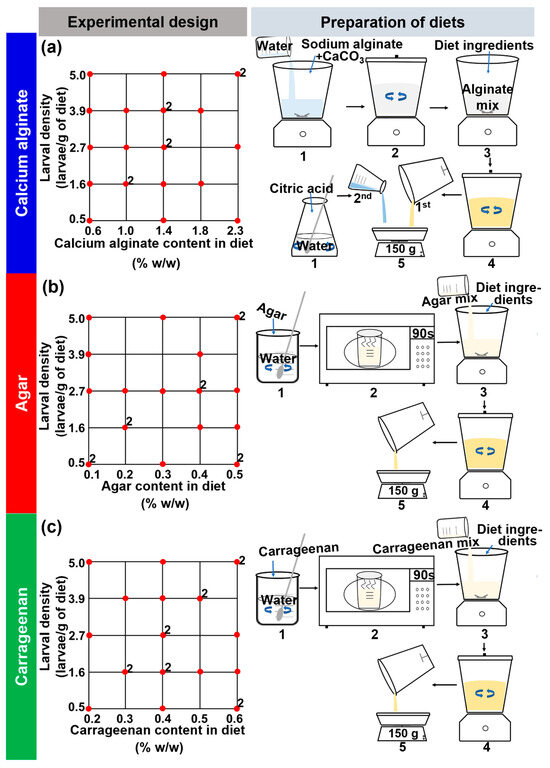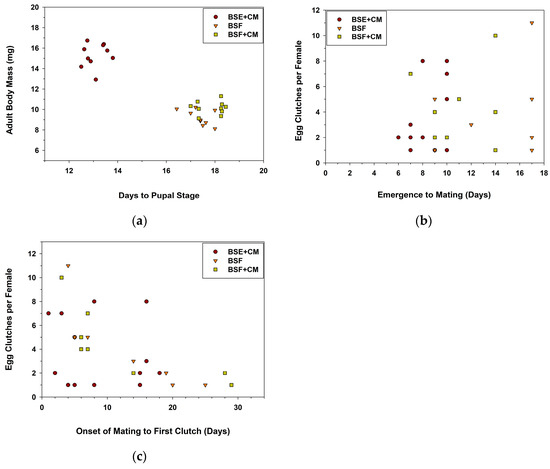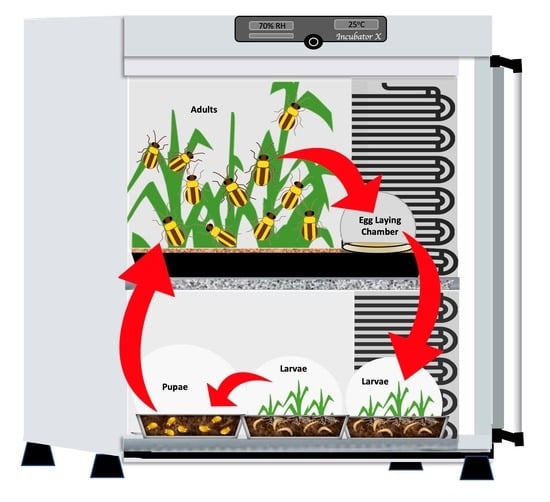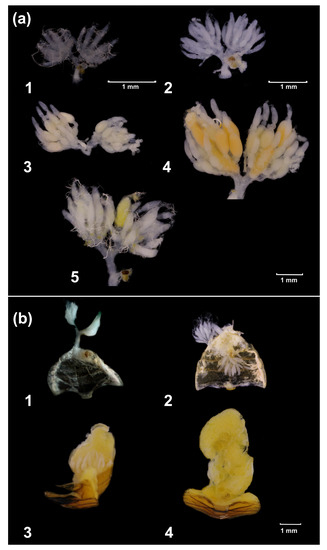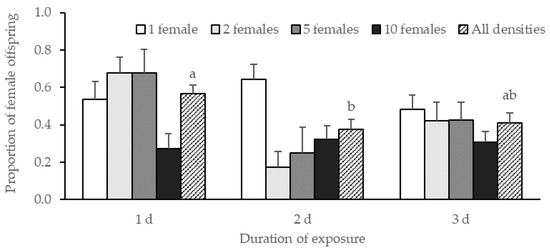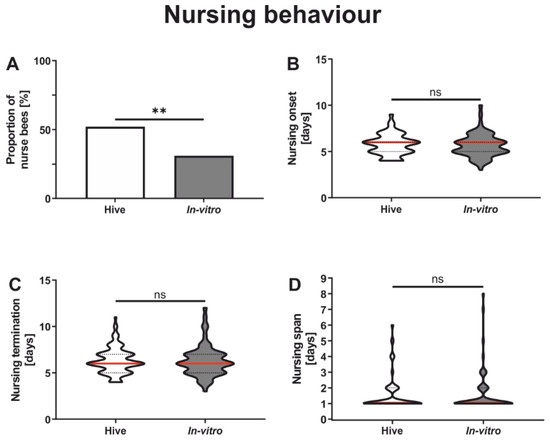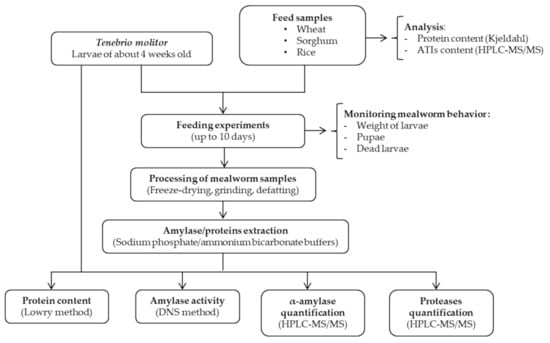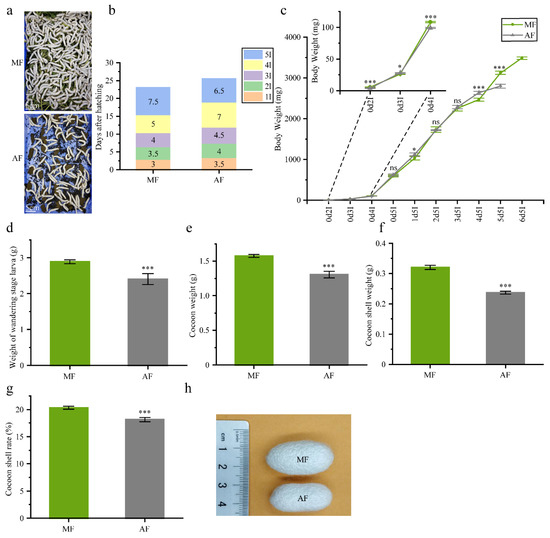Science of Insect Rearing Systems
A topical collection in Insects (ISSN 2075-4450). This collection belongs to the section "Insect Physiology, Reproduction and Development".
Viewed by 33822Editor
Topical Collection Information
Dear Colleagues,
This Topical Collection will focus on the various studies of insect rearing systems approached from a science-based perspective. Investigations of physical, chemical, and biological aspects of rearing systems will be the focus of this collection. Papers are welcomed that explore the various rearing systems components including (but not limited to) genetics of reared insects, including epigenetics, the physiological ecology of reared insects, studies of nutrition, feeding stimulation, digestive physiology and biochemistry, and behavior—all in a rearing context. Papers are welcomed that explore physical/chemical aspects of rearing systems such as rheology or chemical interactions of diets, microclimates in rearing systems, soil dynamics (for rearing soil-dwelling insects), conditions and characteristics of aquatic rearing systems (for example, pH, oxygen, ammonia, and CO2 dynamics in mosquito larvae rearing). Papers that use statistical-based approaches to rearing system optimization are encouraged. For this Topical Collection, authors are urged to design their studies around explicitly stated rationale and hypotheses.
Prof. Dr. Allen Carson Cohen
Collection Editor
Manuscript Submission Information
Manuscripts should be submitted online at www.mdpi.com by registering and logging in to this website. Once you are registered, click here to go to the submission form. Manuscripts can be submitted until the deadline. All submissions that pass pre-check are peer-reviewed. Accepted papers will be published continuously in the journal (as soon as accepted) and will be listed together on the collection website. Research articles, review articles as well as short communications are invited. For planned papers, a title and short abstract (about 100 words) can be sent to the Editorial Office for announcement on this website.
Submitted manuscripts should not have been published previously, nor be under consideration for publication elsewhere (except conference proceedings papers). All manuscripts are thoroughly refereed through a single-blind peer-review process. A guide for authors and other relevant information for submission of manuscripts is available on the Instructions for Authors page. Insects is an international peer-reviewed open access monthly journal published by MDPI.
Please visit the Instructions for Authors page before submitting a manuscript. The Article Processing Charge (APC) for publication in this open access journal is 2600 CHF (Swiss Francs). Submitted papers should be well formatted and use good English. Authors may use MDPI's English editing service prior to publication or during author revisions.
Keywords
- Insect rearing
- Natural and artificial diets
- Microbial interactions in rearing
- Rearing environments
- Experimental design and optimization in rearing
- Genetics and epigenetics in rearing
- Stress and fitness in rearing quality control











